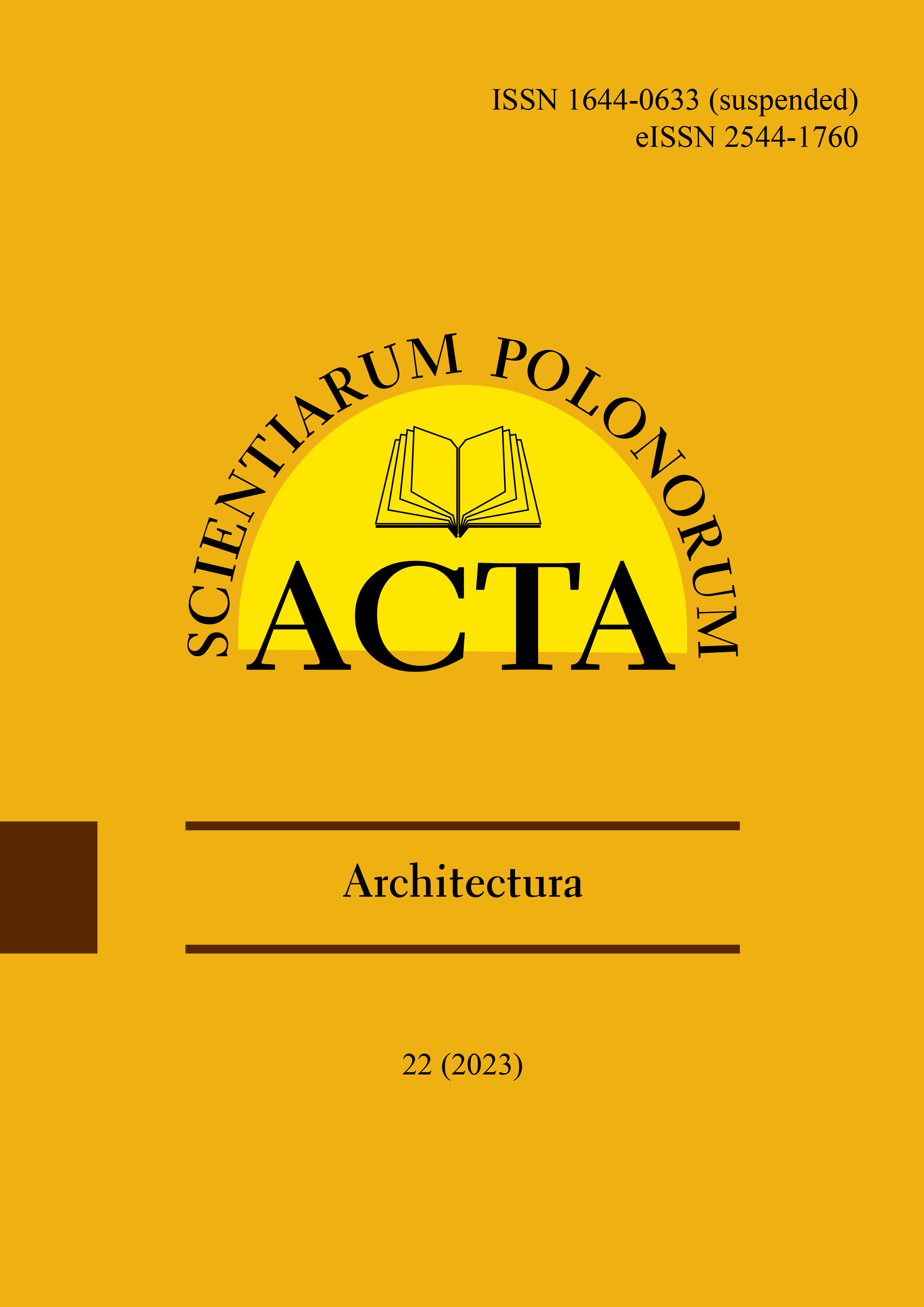Main Article Content
The article is devoted to the study of linear stress concentrators in reinforced concrete, which, unlike randomly located stress concentrators from a large and medium-sized concrete aggregate (granite or gravel crushed stone), can have a strategic impact on the formation of cracks in a reinforced concrete element in the presence of a sufficient level of tensile stresses. The study is one of the theoretical parts of a significant research program on the cracking of reinforced concrete elements in tension and bending. The description of the process of cracking with the help of fracture mechanics allows us to try to formulate a mathematical apparatus for taking into account stress concentrators linearly located in reinforced concrete elements and their influence on the formation of cracks, in particular, at the moment of cracking in bending elements. Field tests of specimens with artificially created stress concentrators were carried out, including the RILEM method, on the basis of which trial calculations of the cracking moment were carried out using the stress intensity factor.
Article Details
ACI Committee 446 (1992). Fracture Mechanics of Concrete Structures: Concepts, Models and Determination of Material Properties (ACI 446.1R-91). American Concrete Institute.
ACI Committee 224 (1997). ACI Committee, Cracking of Concrete Members in Direct Tension (ACI 224.2R-92). American Concrete Institute.
ACI Committee 224 (2001). Control of Cracking in Concrete Structures (ACI 224R-01). American Concrete Institute.
Bažant, Z. P. (Ed.) (1992). Fracture Mechanics of Concrete Structures. Proceedings of the First International Conference on Fracture Mechanics of Concrete Structures (FraMCoS1). Boca Raton: CRC Press.
Bažant, Z. P. & Cedolin, L. (2010). Stability of Structures. Elastic, Inelastic, Fracture and Damage Theory. World Scientific Publishing. (Crossref)
Bressan, J. D., Effting, C. & Tramontin, A. (1991). Fracture Toughness and Strength of Fly Ash Concrete. Centro de Ciencias Tecnologicas –Universidade do Estado de Santa Catarina (UDESC).
Golewski, G. & Sadowski T. (2007). Analiza kruchych uszkodzeń w kompozytach betonowych. Czasopismo Techniczne. Budownictwo, 104 (1-B), 55–62.
Golewski, G. L. & Sadowski T. (2010). Model betonu z uszkodzeniem w ujęciu mezomechanicznym. Modelowanie Inżynierskie, 39, 69–79.
Hillerborg, A., Modéer, M. & Petersson, P-E. (1976). Analysis of Crack Formation and Crack Growth in Concrete by Means of Fracture Mechanics and Finite Elements. Cement and Concrete Research, 6 (6), 773–782. (Crossref)
Inglis, C. E. (1913). Stresses in Plates Due to the Presence of Cracks and Sharp Corners. Transactions of the Institute of Naval Architects, 55, 219–241.
Karihaloo, B. L. (1995). Fracture mechanics and structural concrete. International Journal of Fracture, 77, R19. (Crossref)
Knyziak, P. & Salauyou, D. (2010). Wpływ rozstawu prętów poprzecznych w siatkach spawanych na morfologię rys [Influence of a spacing of cross-section reinforcing bars of welded grids on cracks morphology in reinforced concrete elements]. In Theoretical Foundations of Civil Engineering. Polish-Ukrainian-Lithuanian Transactions (Vol. 18, pp. 353–360). Warszawa: Oficyna Wydawnicza Politechniki Warszawskiej.
Lee, S. L., Mansur, M. A., Tan, K. H. & Kasiraju, K. (1964). Cracking Behavior of One-Way Slabs Reinforced with Welded Wire Fabric. ACI Structural Journal, March–April, 208–216.
Lee, S. L., Mansur, M. A., Tan, K. H. & Kasiraju, K. (1987). Cracking Behavior of Concrete Tension Members Reinforced with Welded Wire Fabric. ACI Structural Journal, November–December, 481–491.
Nawy, E. G. (1964). Flexural Cracking in Two-Way Concrete Slabs Reinforced with High Strength Welded Wire Fabric. Journal of the American Concrete Institute, August, 997–1007.
Prokopski, G. (2009). Mechanika pękania betonów cementowych. Rzeszów: Oficyna Wydawnicza Politechniki Rzeszowskiej.
Salauyou, D. (2009). Research of Influence of a Step of Cross-Section Reinforcing Bars of Welded Grids on Cracking of Reinforced Concrete Elements. Paper presented at the II International Interdisciplinary Technical Conference of Young Scientists 20–22 May 2009, Poznań, Poland.
Salauyou, D. & Knyziak, P. (2010a). Crack Modeling in Reinforced Concrete Elements with Different Step of Cross-Section Reinforcing Bars. Paper presented at the III International Interdisciplinary Technical Conference of Young Scientists 19–21 May 2010, Poznań, Poland.
Salauyou, D. & Knyziak, P. (2010b). Research and Modeling of Influence of a Step of Cross-Section Reinforcing Bars of Welded Grids on Cracking Reinforced Concrete Elements. Paper presented at the XIX Slovak-Polish-Russian Seminar “Theoretical Foundations of Civil Engineering”. Żilina, Slovakia, September 2010.
Shah, S. P. & Carpinteri, A. (1991). Fracture Mechanics. Test Methods for Concrete (Technical Committee 089-FMT. RILEM report 5). London–New York–Tokyo––Melbourne–Madras: Chapman and Hall.
Downloads

This work is licensed under a Creative Commons Attribution-NonCommercial 4.0 International License.

